Harvard Medical School-based scientists established the Institute of Chemistry and Cell Biology
In 1998, Harvard Medical School-based scientists established the Institute of Chemistry and Cell Biology (ICCB), to facilitate the…

In 1998, Harvard Medical School-based scientists established the Institute of Chemistry and Cell Biology (ICCB), to facilitate the…
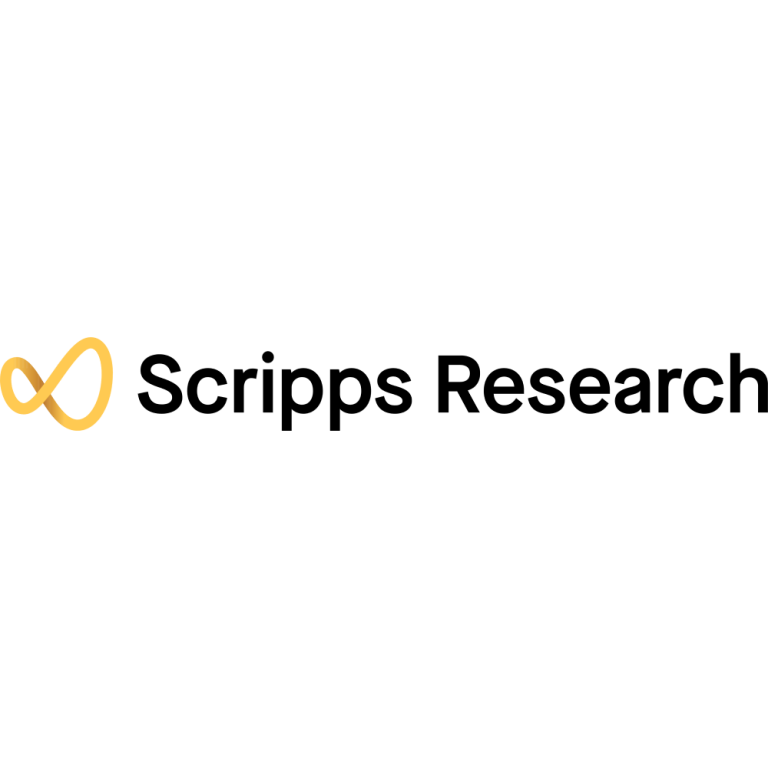
In 1996, the Skaggs Institute for Chemical Biology was established at The Scripps Research Institute, thanks to a…
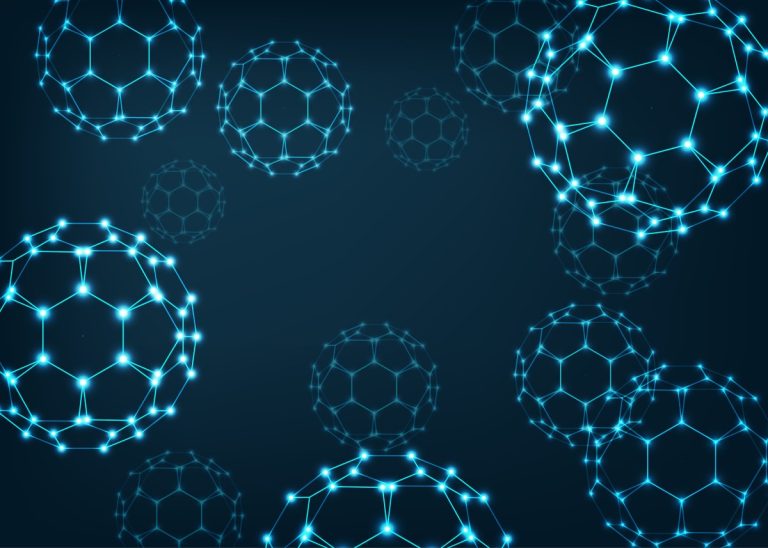
In 1996, the Nobel Laureate in Chemistry was awarded jointly to Rice University professors Richard Smalley, Robert Curl…

On Apr. 22, 1990, the second Earth Day was celebrated by more than 225 million people. The first…
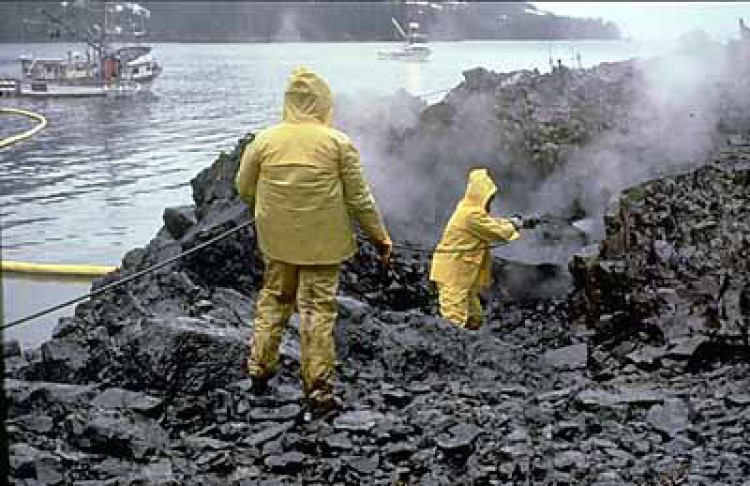
In 1990, the first tests and applications of microbials to combat oil spills were used with the Exxon…
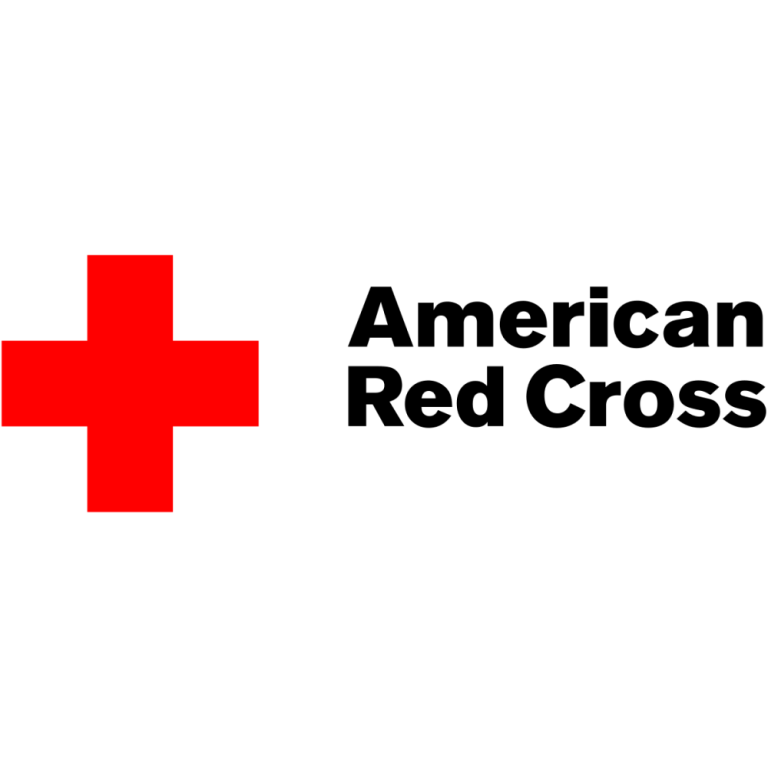
In 1987, the Red Cross opened the Jerome H. Holland Laboratory (in Maryland), which was dedicated to biomedical…

In 1986, the Visible Human Project® (VHP), an outgrowth of the National Library of Medicine (NLM) Long-Range Plan,…
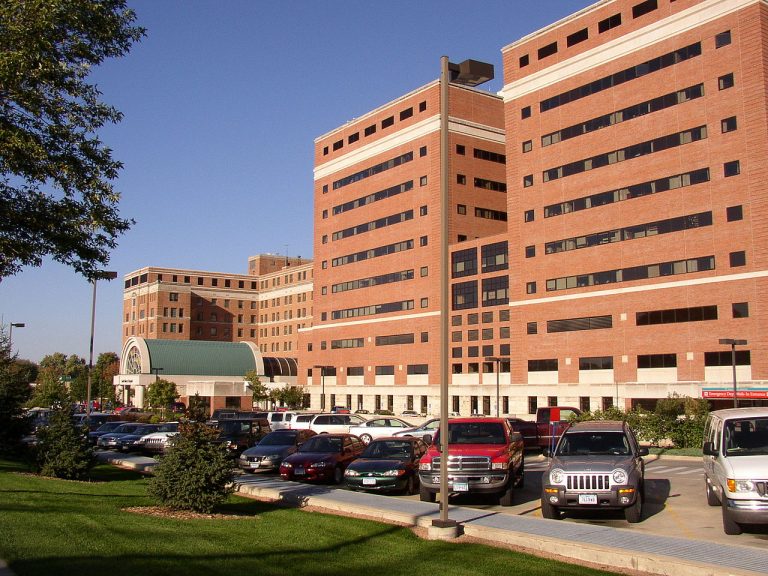
In 1986, The Mayo Clinic, Rochester Methodist Hospital and Saint Marys Hospital integrated their operations under one governing…
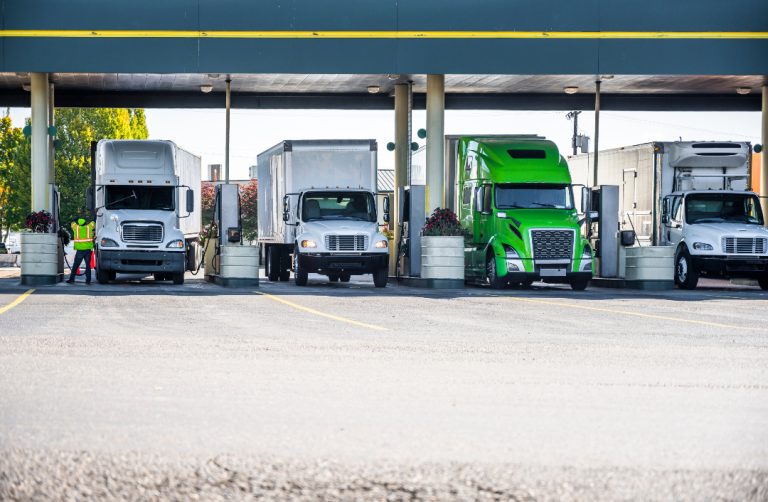
On Mar. 4, 1985, the Environmental Protection Agency (EPA) Administrator Lee M. Thomas announced final standards to cut…

In 1984, The Santa Fe Institute is a private, not-for-profit, independent research and education center, founded in 1984,…

On Jun. 22, 1983, the American Association of Blood Banks, the Council of Community Blood Centers, and the…
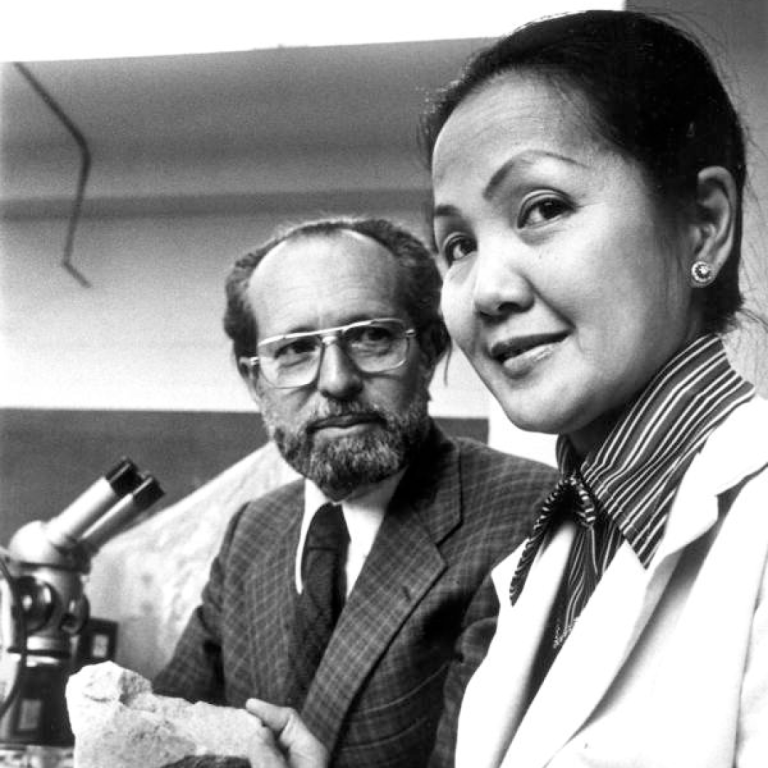
In 1981, Filipino and American scientist Dr. Roseli Ocampo-Friedmann received the U.S. Congressional Antarctic Service Medal for her…
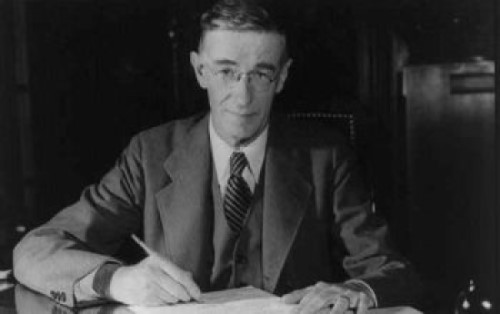
In 1980, Established in 1980, the award commemorates Vannevar Bush, a science advisor to President Roosevelt during World…
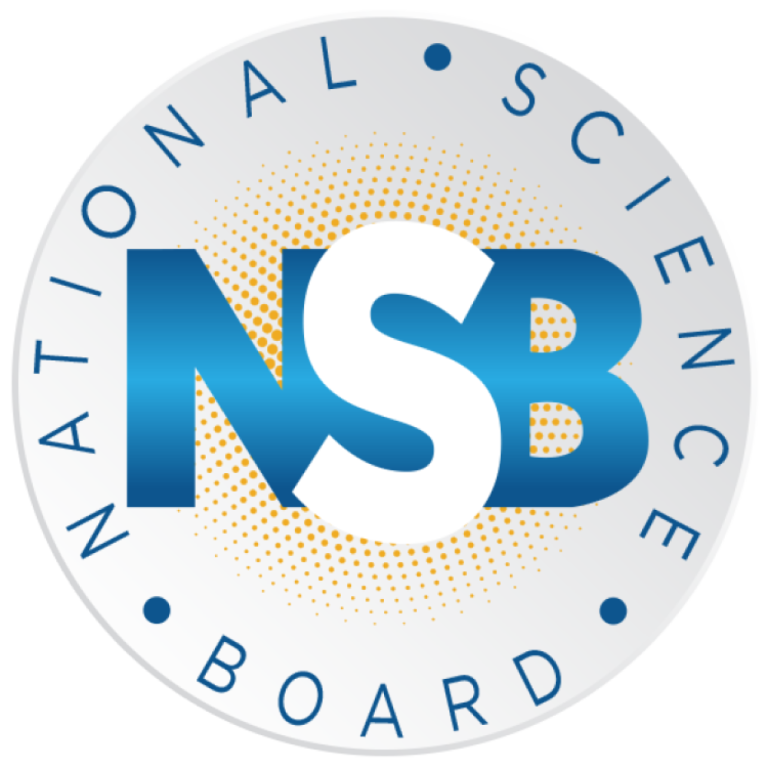
In 1980, the National Science Board (NSB) announced that James R. Killian, Jr. was the recipient of its…

On Nov. 20, 1979, Dr. Robert Anderson from the University Hospital injected Fluosol, a blood substitute developed in…
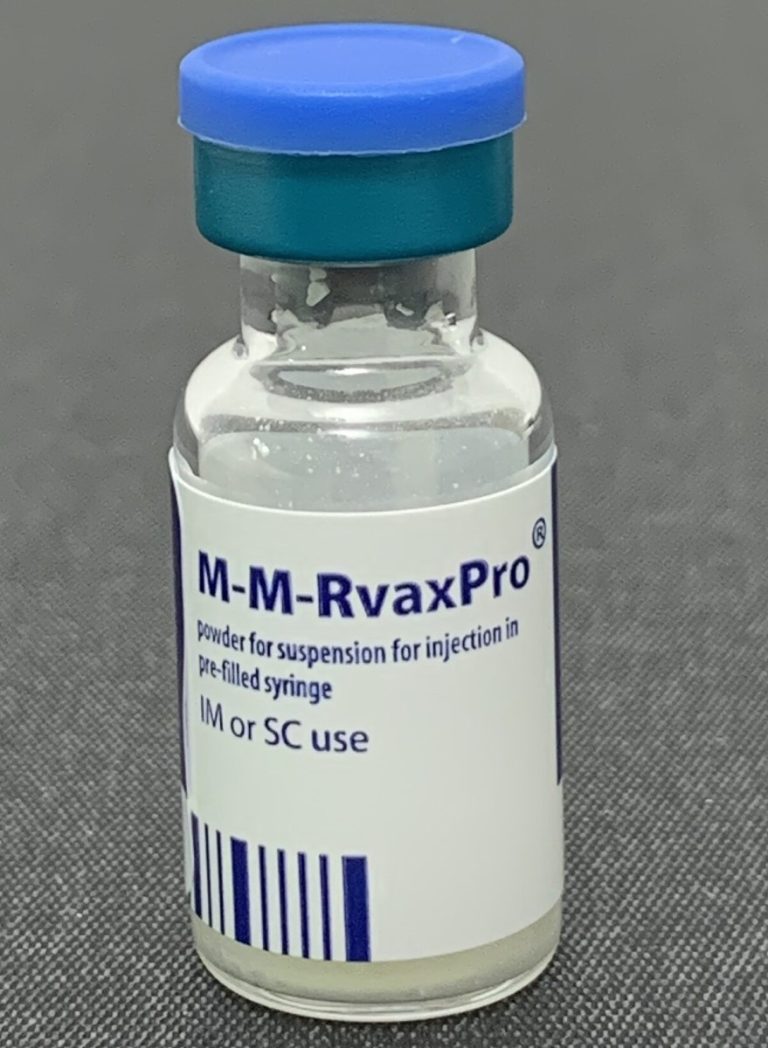
In 1979, the U.S. Food and Drug Administration (FDA) licensed the RA 27/3 (human diploid fibroblast) strain of…

On Dec. 21, 1979, Stanford Medicine pharmacologist Avram Goldstein announced the discovery of dynorphin – a chemical in…
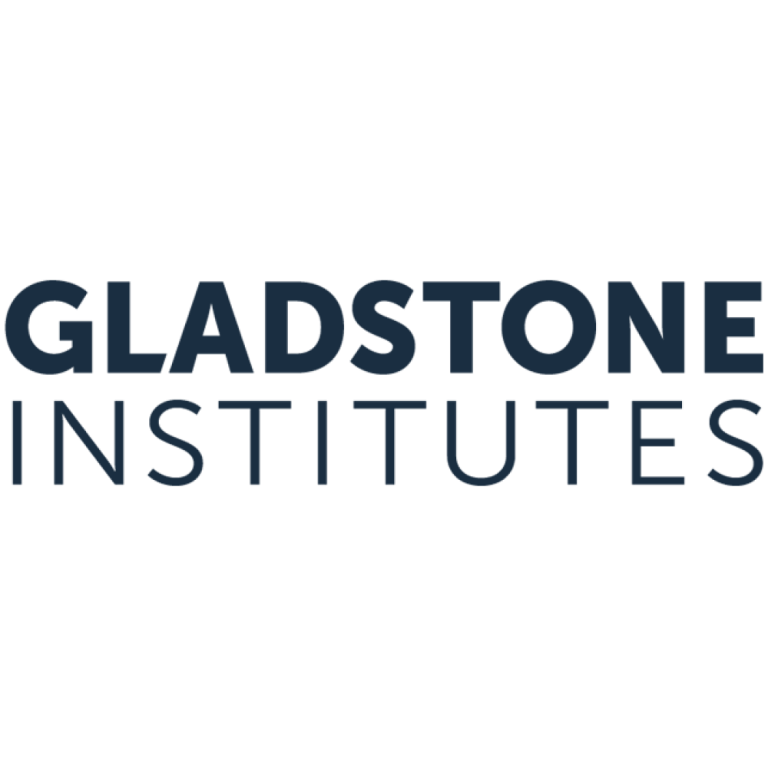
In 1979, the Gladstone Institutes was founded from an endowment from J. David Gladstone, a self-made man who…

On Dec. 19, 1978, the U.S. Food and Drug Administration (FDA) approved cisplatin (Platinol) for use in combination…

On Jul. 13, 1978, Ontario researchers published the results of a study led by Dr. Henry Barnett that…
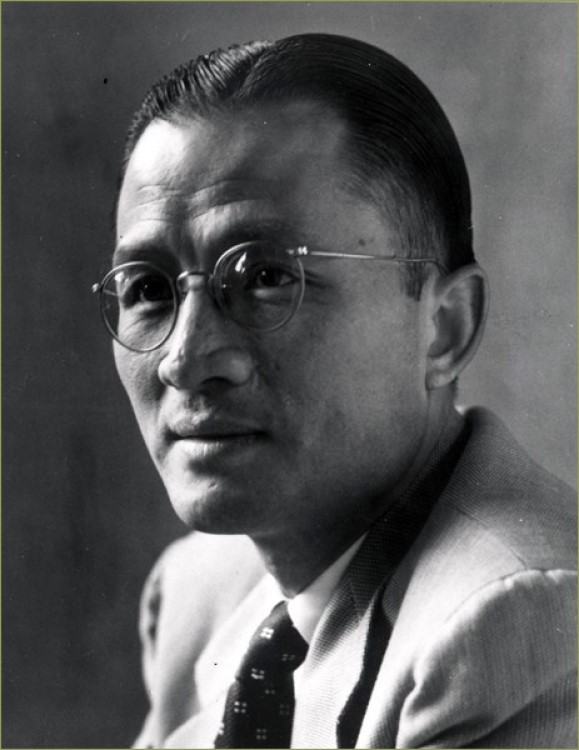
In 1978, University of California, Berkeley (UC-Berkeley) scientist Choh Hao Li discovers Beta-endorphin, a substance produced in the…
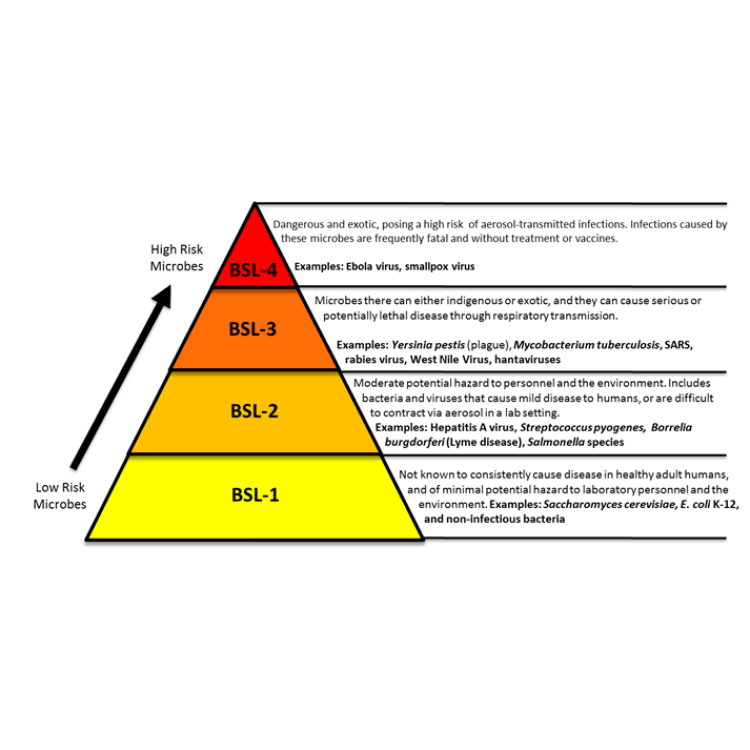
In 1978, the U.S. Centers for Disease Control and Prevention (CDC) completed construction of a new hot lab…

In 1978, the Carbone Cancer Center Clinical Sciences Center was completed in January adding over 70,000 square feet…
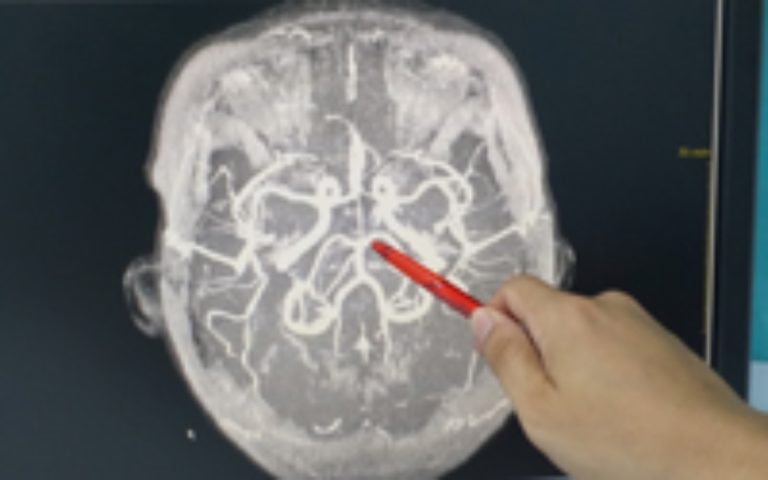
On Mar. 7, 1977, the U.S. Food and Drug Administration approved Bristol-Myers’ BICNU (carmustine), for the treatment of…
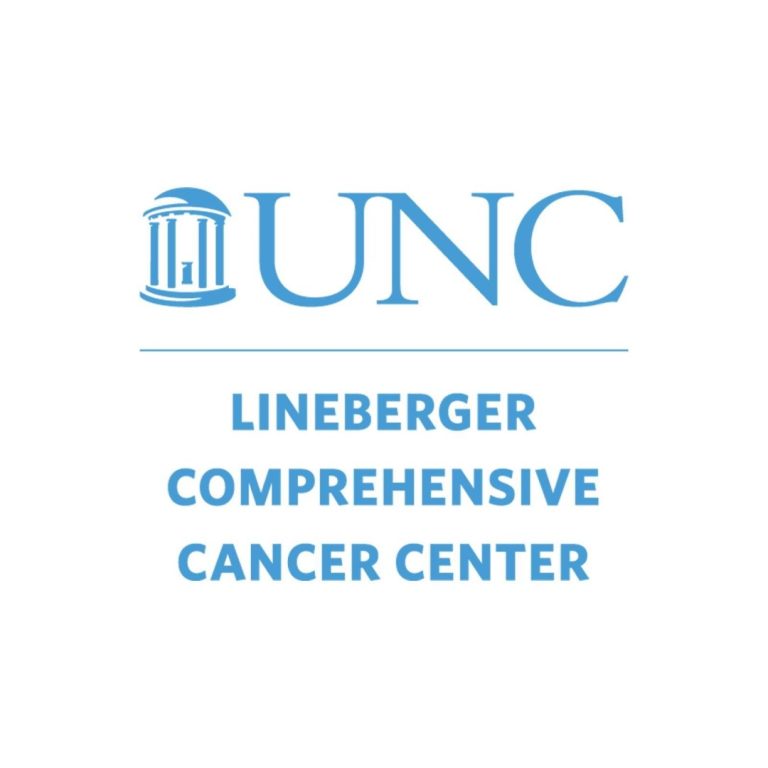
In 1977, the Lineberger Foundation pledged $1 million to a building fund for a new cancer research center…
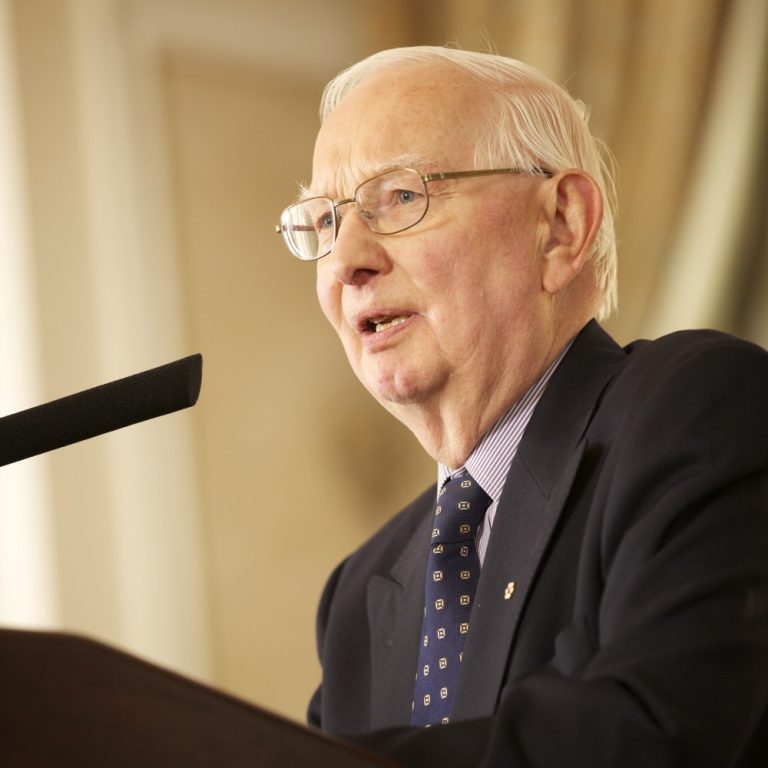
In 1977, Dr. Henry Friesen of McGill University discovered the hormone prolactin and defined its role as a…

In 1977, Ilya Prigogine from the University of Texas at Austin was awarded the Nobel Prize “for his…
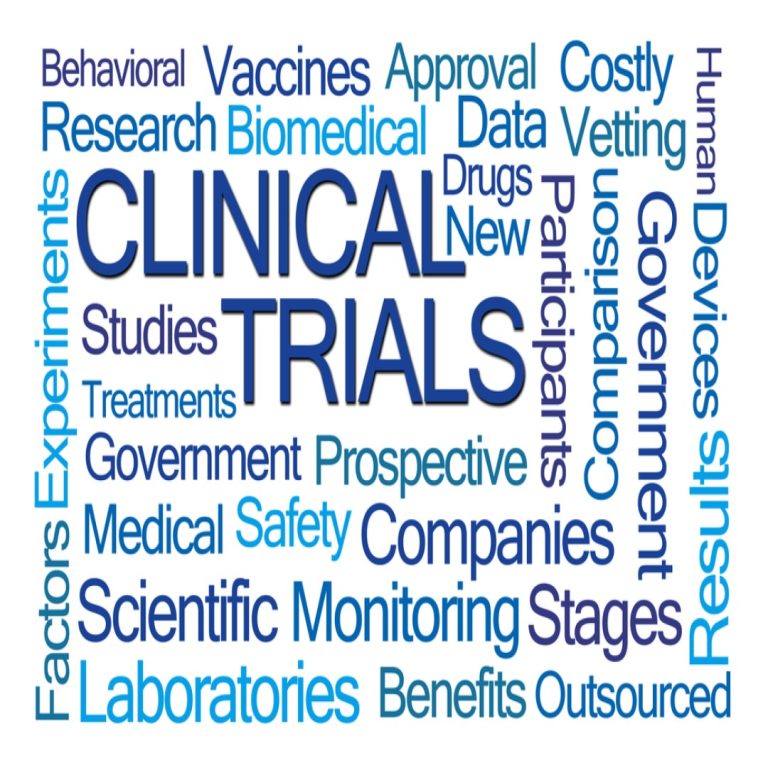
In 1977, the National Cancer Institute (NCI) established the first electronic registry of cancer clinical trials (CLINPROT). This…

In 1977, Joseph A. Califano, Jr., Secretary of the Dept of Health, Education, and Welfare (later Health and…

In 1977, the multiple research programs that had developed were formally drawn together into the Research Institute of…